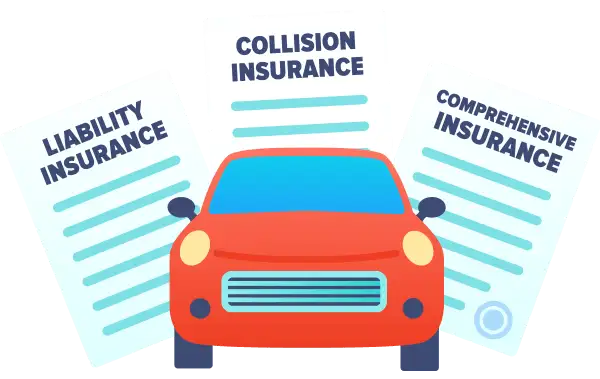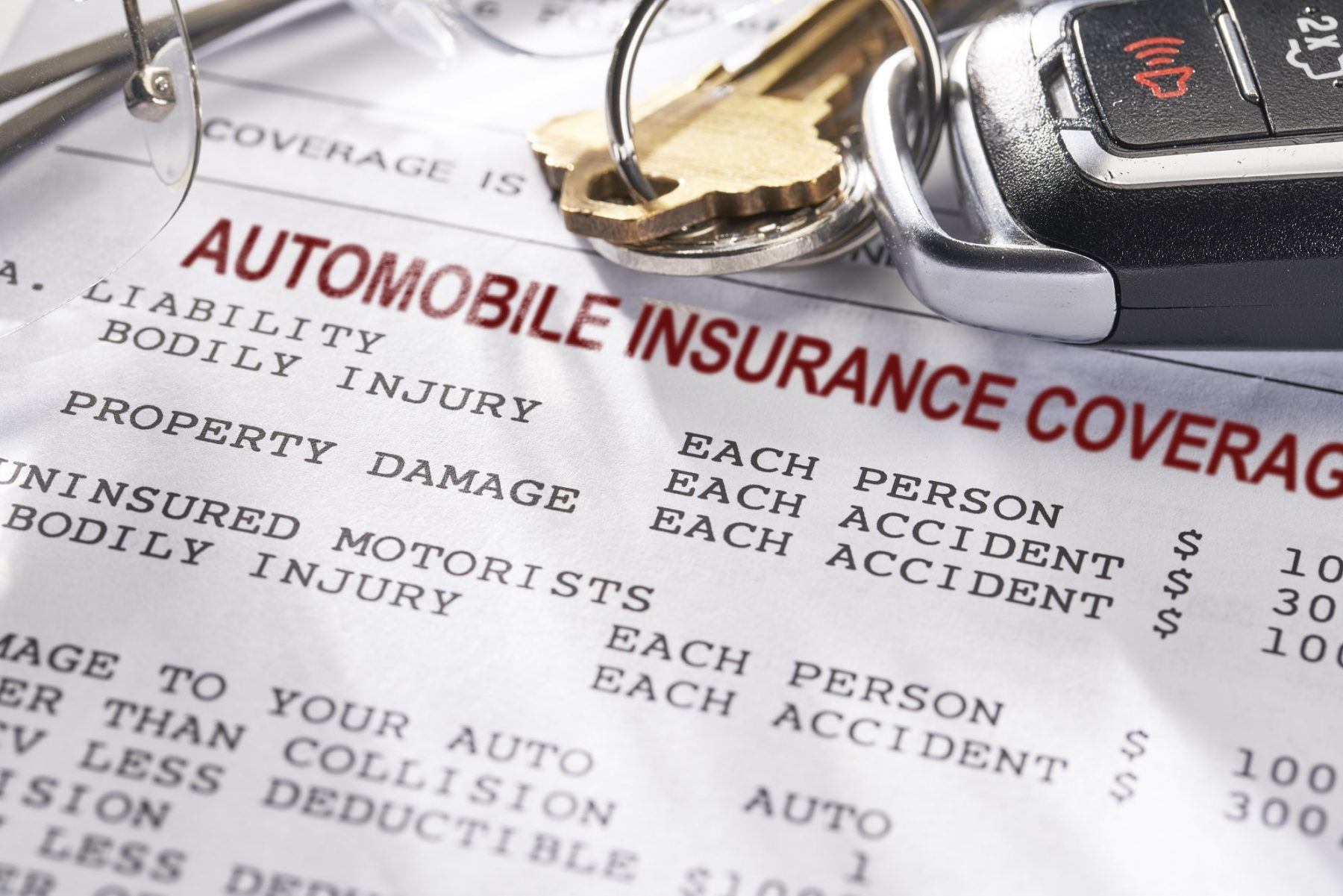When embarking on the journey to select car insurance, it’s crucial to tailor the coverage to your unique circumstances.
This article serves as a guide to navigating the myriad of options available, helping you to understand the nuances of liability, collision, and comprehensive coverage.

Deciphering Car Insurance Coverage Types
The main types of coverage to choose the best affordable car insurance are:
- Liability Car Insurance: This is mandatory in most states and covers the costs associated with injury, death, or property damage to others when you are at fault.
- Collision Insurance: This covers the costs to repair or replace your car after an accident, regardless of who is at fault.
- Comprehensive Insurance: This coverage is for damage to your car that occurs due to events other than collisions, such as theft, vandalism, natural disasters, or hitting an animal.
- Personal Injury Protection (PIP): This covers medical expenses for injuries to you or your passengers, and sometimes lost wages and other damages.
- Uninsured/Underinsured Motorist Coverage: This protects you if you’re in an accident with someone who either doesn’t have enough insurance or none at all.
- Rental Car Insurance: Coverage you can buy when renting a car. It protects you from paying out of pocket for accidents or theft. I
Choose coverage based on risk, car value, and budget. Combine different types of coverage to create a balanced policy that protects you against a variety of incidents while staying within your budget.
If you have a new, expensive car, get comprehensive coverage and collision. Drive often or in busy areas? Higher liability limits. Tight budget? Higher deductibles might lower premiums.
Always have at least the minimum liability your state requires. Combine uninsured motorists with personal injury for full protection.
How to Read and Understand Your Car Insurance Policy
To understand your car insurance policy:
- Start with the Declarations Page: It summarizes your coverage, limits, and deductibles.
- Check Limits: See the maximum amount the insurer will pay for different coverages.
- Know Your Deductibles: These are what you pay out of pocket before insurance kicks in.
- Review the Exclusions: Learn what is not covered to avoid surprises.
- Understand Premium Details: Know how much you pay and how often.
- Look at the Conditions: Understand your responsibilities and the insurers’.
- Know How to File a Claim: Be clear on the process and required information.
Personal Aspects Impacting Car Insurance Choosing
The personal aspects that can impact your choice of car insurance include your age, as younger drivers often face higher premiums due to their inexperience.
Your driving history is also a factor; a record with accidents or violations can increase your rates, while a clean record may qualify you for discounts.
Your credit score may be taken into account, with a higher credit score leading to lower rates. Where you live influences your premiums, too; areas with higher rates of accidents or theft can lead to higher costs.
The type of car you drive, including its value and safety features, can affect your insurance choices, with more expensive cars generally costing more to insure.

Make a Proper Car Insurance Apply
To apply for car insurance properly:
- Gather your information: vehicle details, driver’s license, driving history.
- Compare insurance providers: look at rates, coverage, and customer reviews.
- Choose the right coverage: based on your car’s value and your needs.
- Fill out the application accurately: include all required information.
- Ask about discounts: safe driver, multi-car, bundling with other insurance.
- Review the quote and coverage: ensure it fits your needs before agreeing.
- Ask questions if anything is unclear: understand your policy fully.
- Submit the application: do this online, by phone, or in person.
- Provide documentation if requested: proof of ownership and prior insurance.
- Confirm everything is correct in your policy documents once received.
Use Discounts and Deals to save Money on Car Insurances
To save money on car insurance with discounts and deals:
- Ask insurers about discounts you qualify for.
- Bundle auto insurance with other policies like home insurance for a discount.
- Maintain a clean driving record for a potential safe driver discount.
- Install safety features in your car; some insurers offer discounts for them.
- Complete a defensive driving course if insurers provide discounts for it.
- Use paperless billing and automatic payments for possible small discounts.
- Look into discounts for low annual mileage if you don’t drive much.
- Research affinity discounts through business groups or associations you belong to.
Evaluating Car Insurance Providers: What to Look For
When considering automobile insurance providers, here’s what to focus on:
- Reputation: Research the insurer’s reputation for customer satisfaction and reliability. Online reviews and industry ratings can be informative.
- Financial Strength: An insurer’s financial stability is crucial. It indicates their ability to pay out claims. Look for ratings from agencies like A.M. Best or Moody’s.
- Coverage Options: Verify that the auto insurance agency offers a range of coverage options that suit your needs. The ability to customize your policy is essential.
- Price: While not the only factor, the cost of premiums is significant. Ensure the price corresponds with the level of coverage you’re getting.
- Customer Service: Efficient and friendly customer support can make a big difference, especially when you need to file a claim.
- Claims Process: Look for a company with a straightforward and quick claims process. Time is crucial when dealing with post-accident procedures.
- Discounts and Savings: Identify what discounts are available—such as for safe driving, multiple vehicles, or bundling policies—and how they can lower your costs.
- Ease of Doing Business: The ability to easily manage your policy online, make changes, and pay your premium can offer convenience and peace of mind.
Reputable automobile insurance companies in the USA include State Farm, GEICO, Progressive, Allstate, and USAA. Each has strengths like competitive pricing, customer service, or special coverage options.
It’s smart to get quotes and read customer feedback to see which one matches your needs best.
Conclusion
Choosing the right car insurance coverage is about balancing cost and protection. Evaluate your individual needs, vehicle value, and budget. Research various insurance providers for their reliability and offers.
Don’t overlook discounts; they can significantly lower premiums. Prioritize understanding your policy thoroughly to ensure it provides the necessary coverage without paying for superfluous options.
Regularly re-assess your policy as your circumstances evolve.



